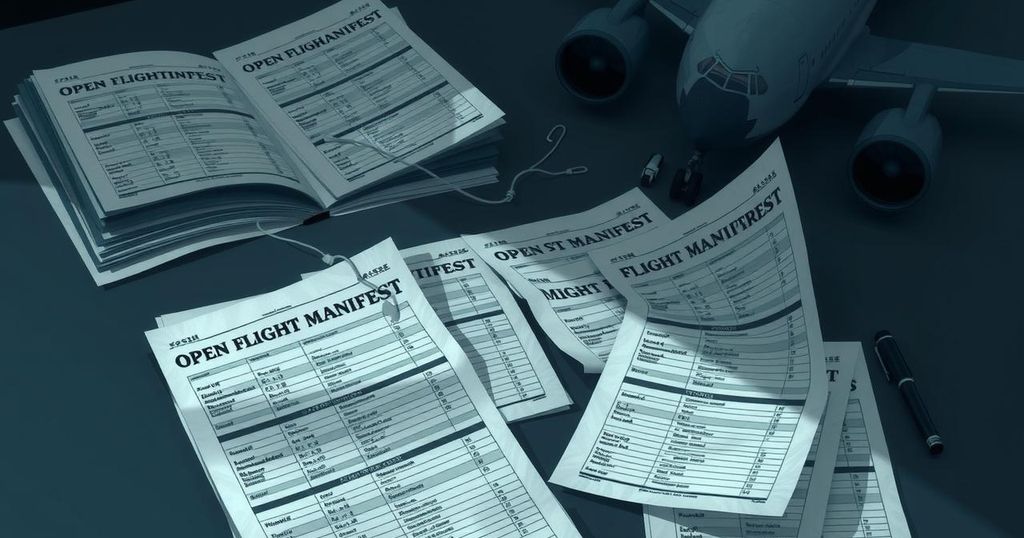World news
AMERICA, ANDREW NATSIOS, ASIA, CURRENT_AFFAIRS, DARTS, DONALD TRUMP, EL, GEORGE W BUSH, HUMANITARIAN AID, INTERNATIONAL AID, MYANMAR, NATURAL DISASTERS, RESCUE OPERATIONS, STATE DEPARTMENT, SYRIA, US, US AGENCY FOR INTERNATIONAL DEVELOPMENT, US DEPARTMENT OF STATE, USAID
Fatima Alavi
0 Comments
US Foreign Aid Cuts Hinder Response to Myanmar Earthquake Crisis
The USA’s ability to respond to the recent earthquake in Myanmar has been severely impeded by recent cuts to foreign aid. Former USAID officials note that logistical issues and staff reductions have left the US sidelined during this humanitarian crisis, prompting concerns about the nation’s diminishing role in international disaster response.
Recent foreign aid reductions have hindered the United States’ ability to respond effectively to the devastating earthquake in Myanmar, according to insights from three former senior officials of the US Agency for International Development (USAID). Following the 7.7 magnitude earthquake that resulted in at least 2,700 deaths and thousands of injuries, one former USAID director stated that “America has been on the sidelines” during this critical time. Another official emphasized that the absence of timely aid likely cost lives.
The former officials recalled that, during previous emergencies, USAID was able to deploy Disaster Assistance Response Teams (DARTs) comprised of highly trained personnel and specialized equipment. These teams have historically been a significant presence within the international response, often mobilizing around 200 people. However, the current US response involves a minimal team of three advisors and a mere $2 million in humanitarian assistance, significantly lower than past contributions.
The reduction in foreign aid has raised concerns over the United States’ diminishing influence and responsiveness to global crises. President Trump’s administration has faced scrutiny for dismantling USAID, a move viewed as detrimental to effective disaster response efforts. Reports indicate that logistics contracts for transporting critical resources have been prematurely cancelled, creating substantial barriers to deploying necessary rescue teams and equipment.
The urgency of the situation was encapsulated by former USAID officials, highlighting that the agency’s ability to respond swiftly and effectively is now compromised due to staff layoffs and administrative changes. Specific logistical challenges have rendered it unlikely for any rapid response by DART teams following this disaster. Meanwhile, the State Department has downplayed the impacts of the cuts, asserting the continued existence of alternate partnerships without elaborating on how these could fully address immediate disaster needs.
Critics, including former USAID administrator Jeremy Konyndyk, argue that the absence of ground-level rescues very much underlines the inadequacy of the current response framework, deeming the federal claims about ongoing effectiveness as unrealistic. The former USAID mission director for Myanmar, Chris Milligan, pointed out that US rescue capability would significantly outperform the current resources present. The current situation reflects the consequences of the US’s reduced role and diminished capacity in international humanitarian assistance, ultimately ceding influence to countries like China in the realm of global aid and disaster response.
In summary, recent cuts to US foreign aid significantly hindered the United States’ disaster response capabilities in Myanmar following a devastating earthquake. Former officials from USAID emphasized that logistical challenges and staff reductions have resulted in inadequate rescue efforts and a diminished presence on the ground. The situation raises serious concerns over the US’s ability to provide timely humanitarian assistance, revealing a broader trend of reduced international influence. With calls for re-evaluation of US foreign aid strategy, this incident underscores the vital importance of maintaining a capable and responsive aid framework.
Original Source: www.bbc.com




Post Comment